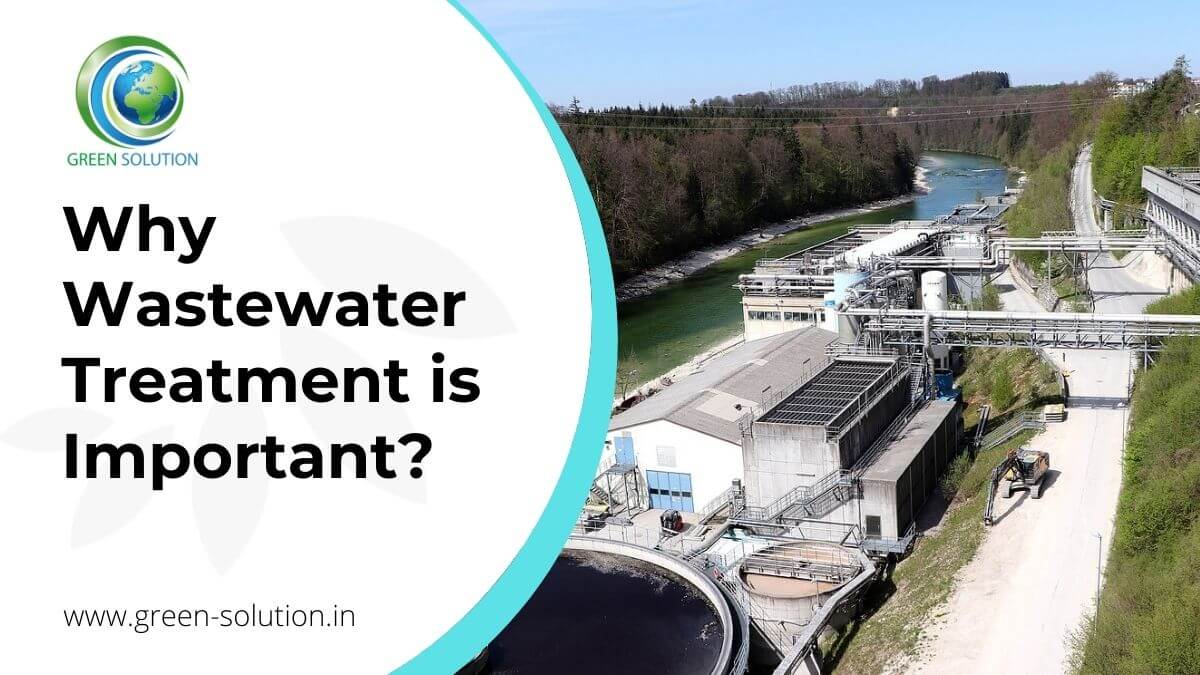The Single Strategy To Use For Reclaim Waste
Not known Details About Reclaim Waste
Table of ContentsExcitement About Reclaim WasteSome Ideas on Reclaim Waste You Should KnowReclaim Waste - The FactsThe Ultimate Guide To Reclaim WasteEverything about Reclaim Waste
Residential sewage waste refers to the waste and items from a household septic storage tank. The proper administration and disposal of domestic sewer waste need fluid waste to be transferred to a sewer therapy plant where the correct techniques and tools are applied to purify and dispose of waste.
Business waste typically consists of prospective threats, such as flammable products or a mix of liquid and solid waste items, and needs an extra sophisticated and thorough disposal process. The disposal of business waste usually entails the filtration of waste prior to transport to guarantee risk-free and correct disposal. Industrial waste is produced from results and runoff of industrial procedures and manufacturing.
This kind of waste can not utilize the exact same sewer management transportation or processes as septic or business fluids. The hazardous waste management procedure requires the evaluation and testing of fluid waste prior to it undertakes the disposal procedure (liquid waste removal). Drainage waste is the fluid waste that originates from drainage and excess stormwater in very booming areas or cities
Overflow waste can create contamination and flooding if not taken care of appropriately. Making sure correct waste monitoring can stop catastrophes and minimize environmental damage.
The smart Trick of Reclaim Waste That Nobody is Discussing
Get in touch with PROS Solutions today to discover our waste administration and disposal solutions and the proper means to care for the fluid waste you generate.
(https://reclaim-waste.jimdosite.com/)Do you know what occurs to your water when you disengage, flush the commode or drain pipes the cleaning machine? No? Well, it deserves understanding. This supposed 'wastewater' is not only a vital resource however, after therapy, will be released to our land, waterways or the ocean. Used water from toilets, showers, bathrooms, kitchen sinks, washings and commercial processes is referred to as wastewater.

water made use of to cool equipment or tidy plant and equipment). Stormwater, a type of wastewater, is runoff that flows from agricultural and metropolitan areas such as roofing systems, parks, gardens, roadways, courses and gutters right into stormwater drains, after rainfall. Stormwater streams untreated straight to local creeks or rivers, eventually reaching the ocean.
Reclaim Waste Can Be Fun For Everyone
In Queensland, a lot of wastewater is treated at sewage treatment plants. Wastewater is transferred from residential or commercial websites through a system of sewers and pump stations, known as sewage reticulation, to a sewer therapy plant. City governments develop, preserve and operate most sewer therapy plants. Operators are accredited under the Environmental Management Act 1994 to release cured wastewater at an appropriate ecological standard into waterways.
The Division of Natural Resources suggests regional federal governments about handling, operating and keeping sewerage systems and treatment plants. In unsewered areas, city governments may require owners to install private or home sewer therapy systems to treat domestic wastewater from commodes, kitchen areas, restrooms and laundries. The Division of Natural Resources authorizes the usage of household systems when they are confirmed to be efficient.
A lot of stormwater gets no treatment. In some brand-new subdivisions, treatment of some stormwater to eliminate clutter, sand and gravel has actually begun utilizing gross toxin traps. Wastewater treatment happens try this in 4 phases: Eliminates solid matter. Larger solids, such as plastics and other items incorrectly released to sewage systems, are gotten rid of when wastewater is passed with displays.
Wastewater after that flows right into large tanks where solids clear up and are removed as sludge. Grease and scum are skimmed from the surface area. Uses small living microorganisms referred to as micro-organisms to break down and get rid of staying liquified wastes and fine bits. Micro-organisms and wastes are included in the sludge. Removes nitrogen and phosphorus nutrients that might cause algal blooms in our waterways and threaten marine life.
The 10-Minute Rule for Reclaim Waste
Nutrient removal is not available at all sewage therapy plants due to the fact that it needs pricey specialized devices. It is coming to be more typical in Queensland. Clear liquid effluent produced after treatment may still include disease-causing micro-organisms. If this effluent is released into waterways such as rivers or the sea, the micro-organisms will ultimately die out.

Most wastewater streams into the sewage system. Under the Act, regional governments provide approvals and permits for ecologically pertinent activities (Periods) entailing wastewater releases that may have a local influence.
Some Known Factual Statements About Reclaim Waste
Or else, samples are considered lab analysis. Commonly several tests are required to develop the levels of each of the different pollutants such as oils, heavy metals and chemicals in water. Tracking gives factual details about water quality and can confirm that licence problems are being fulfilled. The details obtained via monitoring supplies the basis for making water high quality decisions.